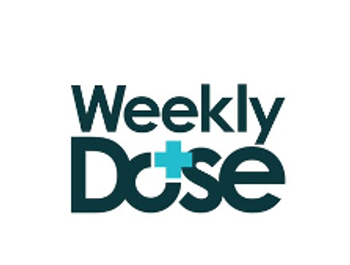
Podcast: Gout: A Primary Care Primer, Part 3
In the third podcast in this 3-part series, Dr Lieberman describes the options for treatment of an acute flare and for long-term urate-lowering therapy. The first step is lifestyle modification, and he discusses the challenges of motivating patients to institute and adhere to dietary changes.
Part 3, Treatment
In the third podcast in this 3-part series, I describe the options for treatment of an acute flare and for long-term urate-lowering therapy.
Right mouse click and "Save As" to download
The first step is lifestyle modification, and I discuss the challenges of motivating patients to institute and adhere to dietary changes. Diets tailored to insulin resistance and weight reduction are preferable to low-purine diets, which most patients do not find palatable.
Among the issues I address in this podcast are:
•What to consider when selecting an anti-inflammatory agent.
•When to start urate-lowering therapy.
•Whether urate-lowering therapy should be continued during an acute flare.
I also discuss newer treatment options, such as:
•Lower dosing of colchicine.
•Recently available and investigational drugs for gout.
Finally, I offer these best practice pearls:
1. Reduce serum uric acid levels to less than 6 mg/dL rather than the 6.8 mg/dL saturation level for crystallization. Don’t rely on laboratory studies that report normal values as between 6 and 9 mg/dL; these are population levels, not physiologic levels.
2. During initial treatment, when patients may experience flares, counsel patients to maintain the treatment regimen. Lifelong urate-lowering therapy is required to sustain the benefits. The key is to educate the patient about the need to adhere to the regimen.
3. Hyperuricemia is frequently encountered in patients with metabolic syndrome. Consider the possibility of gout in patients who have this syndrome.
Disclosure:
Dr Lieberman reports that he is on the advisory board of and a speaker for Takeda Pharmaceuticals North America, Inc. He is also a consultant to URL Pharma, Inc.
Newsletter
Enhance your clinical practice with the Patient Care newsletter, offering the latest evidence-based guidelines, diagnostic insights, and treatment strategies for primary care physicians.






























































































































































































































































































